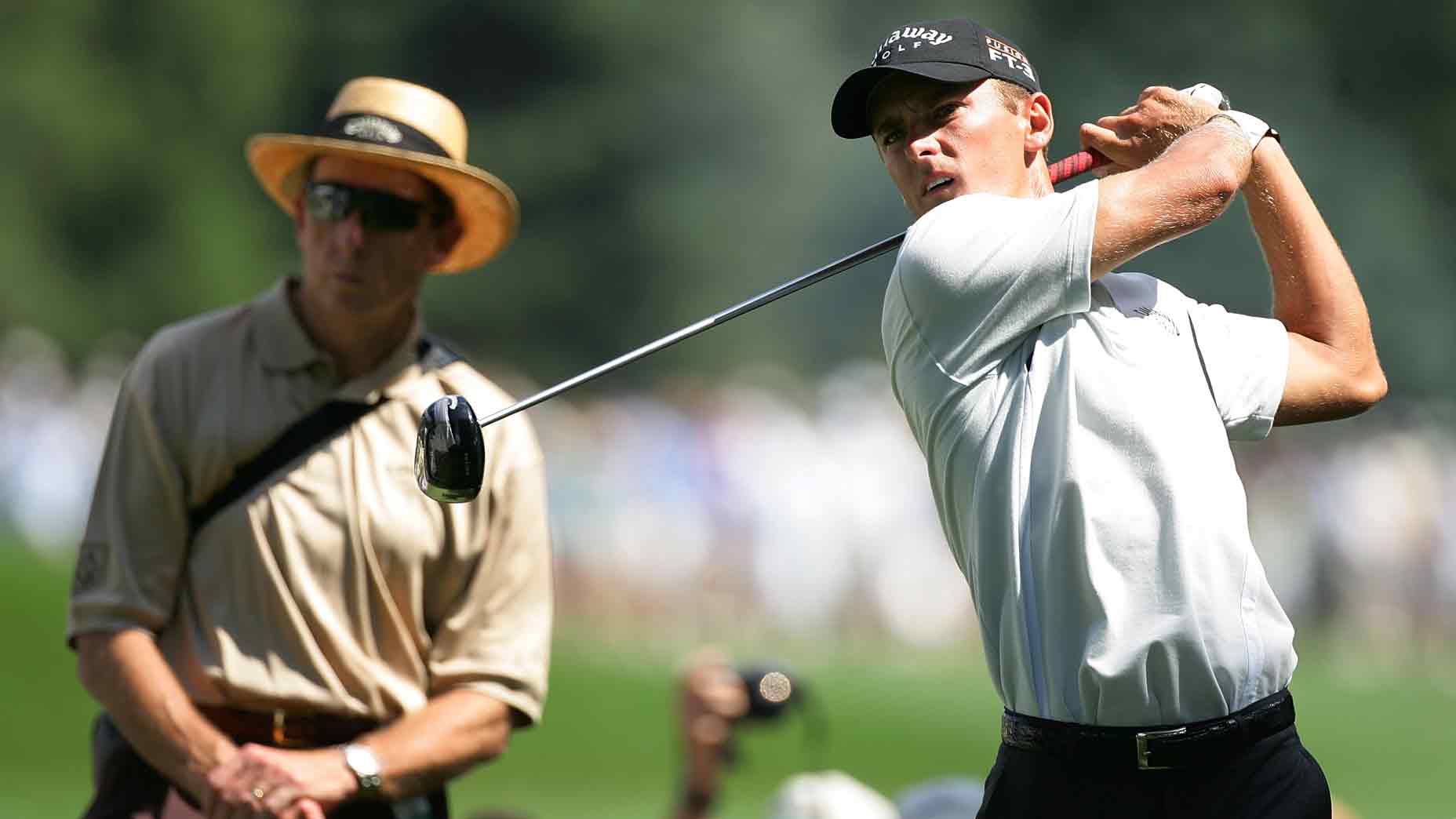
Let’s kick this piece off with a question: What’s the most important aspect when constructing a wedge? Some would say it’s matching the grind to a golfer’s typical delivery and course conditions. Others might contend that dialing in the loft gaps can lead to short game success. A softer shaft flex, when compared to the irons, is another common play.
I highlight all of these common alterations because they each serve a valuable purpose.
There’s also another lesser-known alteration that golfers might want to consider if inconsisten contact is a problem —going to a flatter lie angle in the wedges. That’s right: there’s a situation where it could make sense to have different lie angles in the irons and scoring tools.
During an episode of GOLF’s Fully Equipped podcast in 2020, James Sieckmann, Shadow Ridge Country Club’s director of instruction, pointed out that while most wedges sitting on retail racks have upright lie angles, the elite players you see on television every week are playing scoring clubs with a decidedly flatter lie angle.
With less force being imparted on the shaft during a wedge shot, there’s not nearly as much shaft droop occurring, which causes the toe to get into the ground. Without the same force and shaft droop, it makes sense to at least consider the idea of going to a flatter lie angle, particularly in the lob wedge.
“Because of the lack of droop, another issue a lot of times is that, as the club interacts with the turf, toe interaction is better than heel interaction,” Sieckmann said. “[The] worst thing you can do is dig the heel.”
Some readers have asked in the past if there’s a direct correlation between lie angle and shaft. In other words, do you need to consider a shaft change if the lie angle is flattened?
“It ultimately depends on what you want to do, stylistically, with a wedge,” said Fully Equipped co-host Kris McCormack. “When it comes to wedge shaft, flex and weight, the general rule of thumb is to drop a flex and go up in weight. That’s to accommodate the player that, more often than not, doesn’t use the wedge with a full swing, but still keeps the same tempo and consistency in the swing they do use on a wedge.
“I’ve had some players use the same shaft in their wedges as they use in their irons. So if you’re a full swing guy with your wedges — I’m not going to slap you on the wrist and tell you you can’t put an X100 or S300 in your wedge. Do you need a wedge-specific shaft? Not necessarily. I just wouldn’t make a recommendation to drop weight.”
If inconsistent contact with the wedge is a problem, start by seeking out a fitter with an extensive wedge matrix. Chances are your wedges might need a lie angle adjustment, and testing out different options is the first step to shoring up the contact issue. From there, start with the same shaft currently in your irons and see how it affects launch and spin.
Chances are you won’t need to adjust the shaft if a lie angle change is made. The only one I might suggest is more about personal preference, which is going down in flex and adding weight. Doing so will add stability to the delicate shots around the green, particularly when it comes to partial shots.
Want to overhaul your bag for 2022? Find a fitting location near you at GOLF’s affiliate company True Spec Golf. For more on the latest gear news and information, check out our latest Fully Equipped podcast below.








